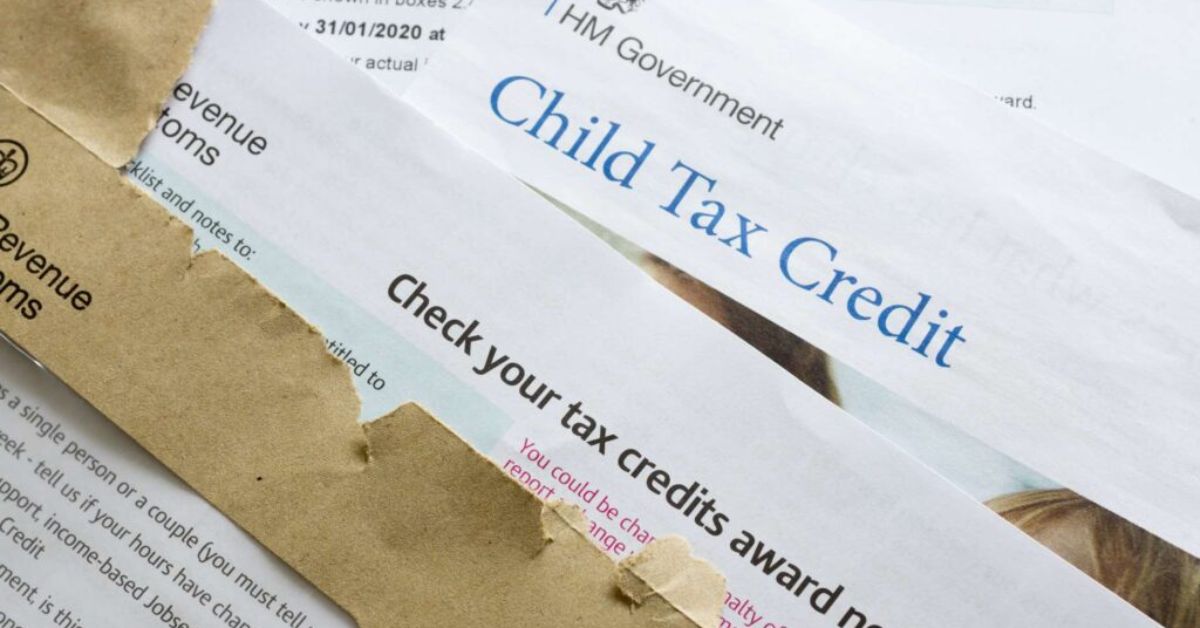In today’s challenging economic climate, many American families are seeking relief from rising costs and financial pressures. Among the measures designed to ease these burdens, the Child Tax Credit (CTC) stands out as an effective means to provide economic support to parents and caregivers. This tax credit not only reduces the tax burden for eligible families but may also result in a partial refund, offering crucial financial relief. Here’s an in-depth look at the Child Tax Credit, including eligibility criteria, benefit limits, and state-specific variations.
What is the Child Tax Credit?
The Child Tax Credit is a federal tax benefit that provides families with financial support by reducing the overall tax burden. The maximum credit available is up to $3,600 per qualifying child, though the exact amount may vary based on specific income limits and eligibility requirements. While this credit can lower the tax liability, families with little or no tax obligations can still qualify for a partial refund, known as the refundable portion, though the entire credit cannot be refunded in cash.
Who Qualifies for the Child Tax Credit?
Qualifying for the Child Tax Credit requires meeting several criteria. These requirements help ensure that the credit reaches families that actively support dependents and meet financial and residential qualifications. Here are the main requirements for eligibility:
- Dependency: The child must be claimed as a dependent on the taxpayer’s tax return.
- Residence: The child must have lived with the claimant for at least half of the tax year.
- Financial Support: The taxpayer must have contributed at least half of the child’s financial support for the year.
- Social Security Number: The child must have a valid Social Security number.
- Relationship: The child must be a direct relative of the taxpayer, such as a son, daughter, stepchild, foster child, sibling, or any descendant of these relatives.
These eligibility requirements ensure that the Child Tax Credit is provided to families with genuine financial obligations to dependent children.
Income Limits and Credit Reduction: How the MAGI Threshold Works
Eligibility for the full Child Tax Credit also depends on the taxpayer’s income level, measured by Modified Adjusted Gross Income (MAGI). The income limits are structured to support families across various income brackets, though higher-income households may see reduced credits:
- Joint Filers: Families filing jointly have a MAGI limit of $400,000.
- Single Filers: Single filers and other statuses have a MAGI limit of $200,000.
If a taxpayer’s MAGI exceeds these thresholds, their Child Tax Credit is reduced by $50 for every $1,000 above the limit. For instance, a married couple filing jointly with a MAGI of $405,000 would see their credit reduced by $250, as they exceed the income threshold by $5,000.
Receiving the Child Tax Credit: Timeline and Filing Tips
Typically, taxpayers can begin filing for the Child Tax Credit in January, with a standard filing deadline in mid-April. Those who file electronically and opt for direct deposit can expect their refunds within 21 days, provided there are no issues with the return. Filing electronically is recommended to avoid delays, as paper returns often take longer to process.
State-Specific Child Tax Credits: Additional Financial Support
Beyond the federal credit, several states have introduced their own versions of the Child Tax Credit to support residents further. These state-specific credits vary widely: some offer cash refunds, while others apply the credit toward childcare vouchers or similar assistance programs. Each state sets its own eligibility conditions, so it’s essential for families to check their state’s specific guidelines to maximize their benefits.
Making the Most of the Child Tax Credit
For families navigating financial challenges, consulting a tax professional can ensure that they maximize all available credits and deductions. A qualified tax advisor can provide insights into eligibility and optimize the filing process to expedite refunds. With these strategies in mind, families can take full advantage of the Child Tax Credit, ultimately easing some of the financial burdens they may face.
Conclusion
The Child Tax Credit is a vital tool for American families, designed to provide significant financial relief by reducing tax burdens and offering partial refunds in some cases. By understanding the eligibility requirements, income thresholds, and potential benefits available at both federal and state levels, families can make the most of this credit to support their financial stability. As economic pressures remain high, credits like the CTC play an essential role in helping families cover essential expenses and invest in a brighter future for their children.




![Tyson Foods Plant [Photo: Food Manufacturing]](https://southarkansassun.com/wp-content/uploads/2023/08/iStock_1185520857__1_.5e441daa51cca-600x337.jpg)







![Silverado Senior Living Management Inc. [Photo: Los Angeles Times]](https://southarkansassun.com/wp-content/uploads/2023/10/download-6-4-600x337.jpg)

![China's Wuhan Institute of Virology [Photo: Nature]](https://southarkansassun.com/wp-content/uploads/2023/09/d41586-021-01529-3_19239608-600x337.jpg)
















